First European sea bass harvest at Ideal Fish slated for this summer
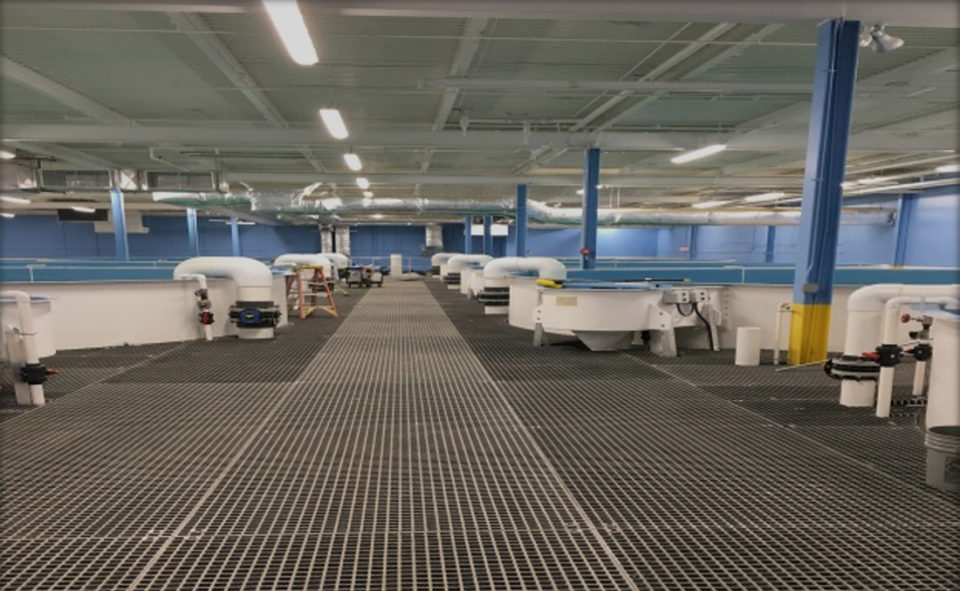
Connecticut has proven to be a great advocate for aquaculture over the past 20 years. The northern coast of Long Island Sound is dotted with small commercial shellfish growers and the communities have been investing in state-of-the-art educational facilities with disciplines in aquaculture, marine biology and other coastal professions for decades.
It’s one of a few states that have had the foresight to make an early investment into the aquaculture industry through engagement, demonstration and education. Private charter and vocational schools like the New Haven Sound School, Bridgeport School of Aquaculture and the Marine Magnet School of Southern Connecticut in Groton offer hands-on wet lab facilities and high school-level courses on finfish and shellfish aquaculture as well as aquaponics and marine biology.
For Eric Pedersen, founder and CEO of Great American Aquaculture, LLC (d.b.a. Ideal Fish®), it’s the perfect setting for his vision of sustainable and profitable land-based recirculation aquaculture.
“We have located a region that has high-level government support for our mission and an area that generates excited, well-educated graduates at a high school and college level looking for opportunities in the field of aquaculture,” said Pedersen.
“Connecticut has very high quality but underutilized industrial infrastructure – utilities, manufacturing space and transportation infrastructure that can fully support the development of a land-based aquaculture industry. This type of venture can serve many needs of a community – economic, social and political – not to mention the need and demand for the high-quality product we generate.”
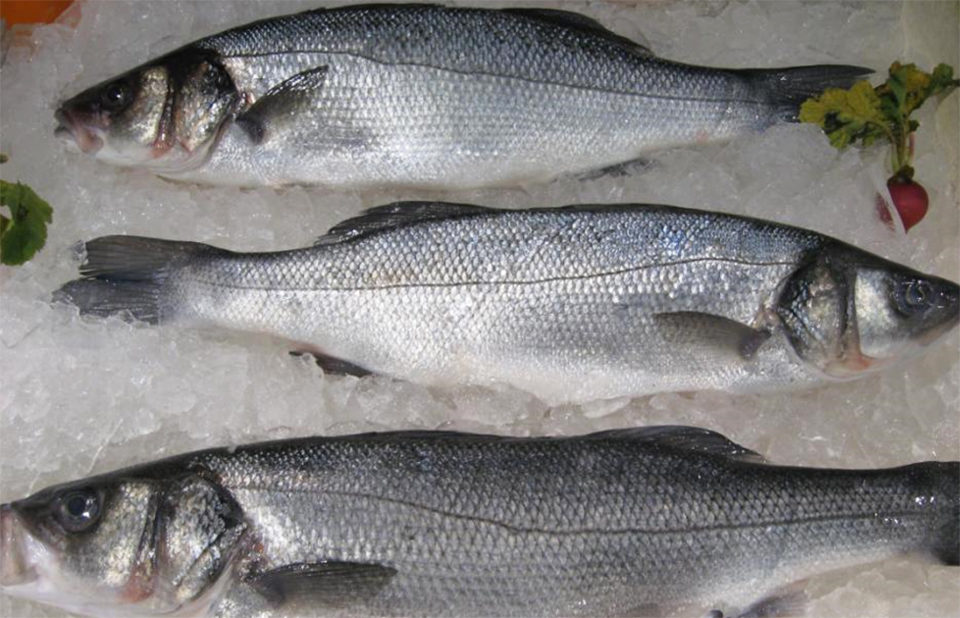
The product Pedersen refers to is branzino, the Italian name for the European sea bass (Dicentrarchus labrax). It is a highly regarded species growing in popularity and making significant gains in menu penetration throughout the United States. Branzino is primarily grown in sea cages throughout the Mediterranean Sea and shipped to U.S. markets – it imported 7,500 metric tons (MT) in 2017.
There is currently still no significant production of branzino within the United States, and Ideal Fish plans to support the local New England market with 150 MT of fresh whole fish per year at full production, with its first harvest in the summer of 2018. The plan is to do this using recirculation aquaculture system (RAS) technology and develop an “urban farm” model that can be replicated in other suitable urban and suburban locations throughout the state as well as nationally.
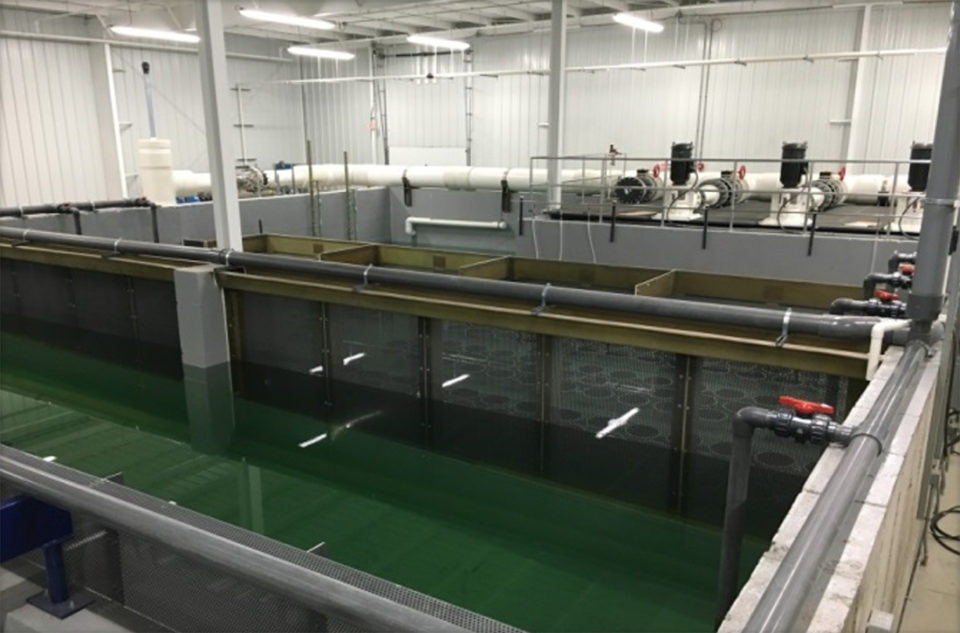
Great American Aquaculture’s RAS technology partner is Pentair Aquatic Eco-Systems. As principal design engineer for Pentair’s Urban Farming initiative, I have guided the technical design process for urban aquaculture and aquaponic projects from the conceptual phase through commissioning. I have designed and managed the construction of several charter schools throughout Connecticut, including the Bridgeport School of Aquaculture.
The Ideal Fish facility provides a local and attractive employment opportunity for students graduating from these schools. Together we have reached out to many of them to discuss ways in which we can collaborate and further their students’ experiences and exposure to aquaculture. As a discipline, aquaculture provides a great hands-on learning tool for students in several areas of study including biology, chemistry, economics, engineering and business and this relationship benefits both students and the industry.
By bringing commercial production facilities into the area, it enhances the learning experience and gives the student real opportunities beyond the classroom, opportunities that have not existed in the past and helps to justify the long-term investment in education the state had supported over the years.
Overcoming the social, political and geographical road blocks left considerable technical and environmental challenges in our path, such as sourcing clean saltwater in a repeatable and sustainable way. The solution was to generate saltwater by adding commercially compounded sea salt to the municipal potable supply. This broadens the landscape into which this type of facility can be introduced.
Branzino require a moderate salinity, one-third the salinity of seawater; therefore, this solution proved to be feasible and replicable. Specialized mixing equipment to dissolve the commercial salt mixture into a concentrated brine solution was developed. Large storage and delivery vessels were designed to condition and filter the water prior to distribution and use throughout the facility. The infrastructure to supply the proper water quality and quantity is not insignificant, but it is critical to the success of the operation, and it became clear very early on that water conservation would be critical to the success of the project.

We designed several ways to reduce the amount of water we used while managing the removal of solids from the culture water. We have improved passive solids separation in the culture tanks to reduce the load on the primary solids filter, the micro-screen drum filters. We retooled the drum filter control system to reduce the water used during backwash events.
Water that is used during backwash events is recycled through a dewatering device and returned back into the culture system where it is reintroduced into Pentair’s patent-pending “full flow” foam fractionator. We have also implemented denitrification technology to manage the nitrogen accumulation in the system with lower water exchanges. This technology, coupled with two-stage ultraviolet and ozone treatments, ensures high quality grow conditions that will result in fast-growing, healthy fish.
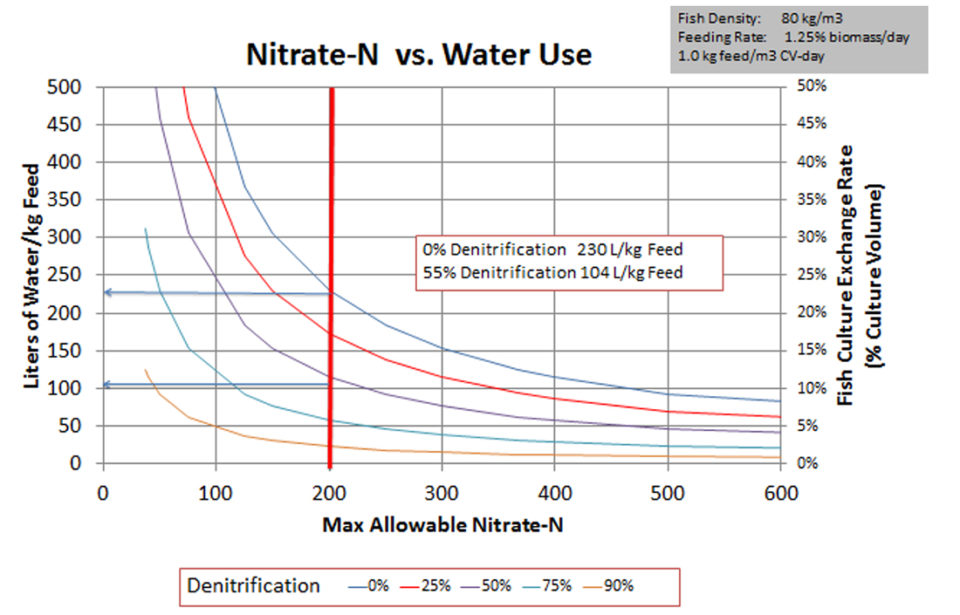
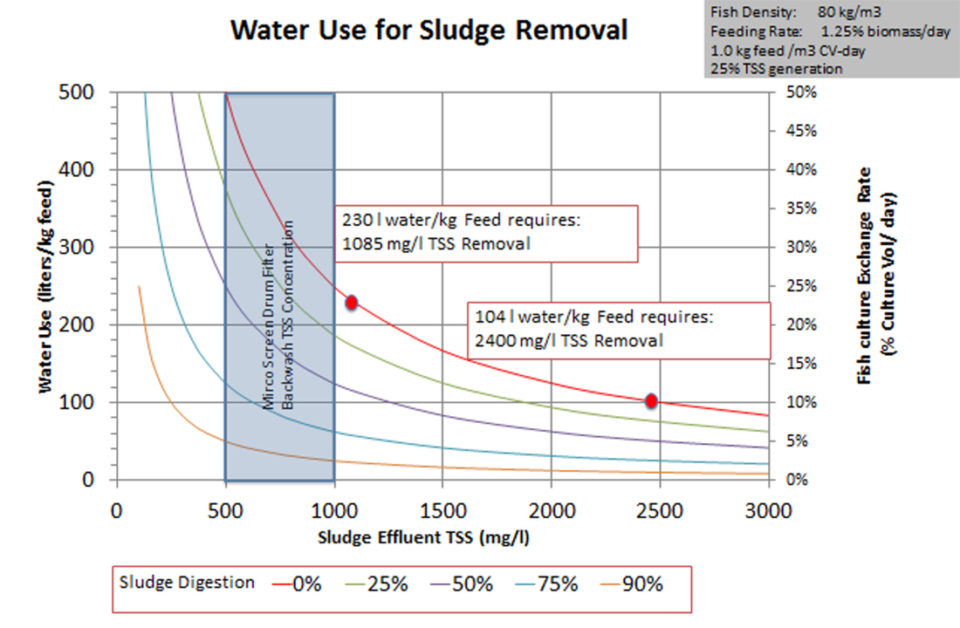
The limiting factor on water use is the finishing or conditioning process that fish need to go through just prior to harvest and sale. This process flushes naturally produced organic chemicals out of the fish that can lead to off-flavor in the end product. It’s an important part of the production process that is critical to achieve market acceptance. The facility design includes two simple but robust finishing systems that will ensure adequate flushing of the product and market acceptability.
With minimal modifications, the facility can support the production of several species beyond branzino and is scalable and replicable in most urban environments. This was part of the design criteria Pedersen insisted on, to accommodate plans for future expansion. Ideal Fish will ultimately provide several species of sustainably cultured finfish to the local markets in the Northeast.
“We believe we have developed the ideal solution to produce and sell high-value niche species, specific to the local market needs in a sustainable and repeatable manner,” said James MacKnight, director of sales and marketing for Ideal Fish.
Now that you've reached the end of the article ...
… please consider supporting GSA’s mission to advance responsible seafood practices through education, advocacy and third-party assurances. The Advocate aims to document the evolution of responsible seafood practices and share the expansive knowledge of our vast network of contributors.
By becoming a Global Seafood Alliance member, you’re ensuring that all of the pre-competitive work we do through member benefits, resources and events can continue. Individual membership costs just $50 a year.
Not a GSA member? Join us.
Author
-
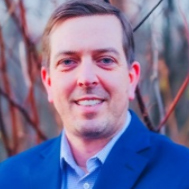
Edward D. Aneshansley, MPS, PE.
Ed Aneshansley, engagement manager at Pentair Aquatic Eco-Systems Inc., has been committed to the commercialization of RAS through product development, system design, education, research and innovation for the last 20 years.
Tagged With
Related Posts
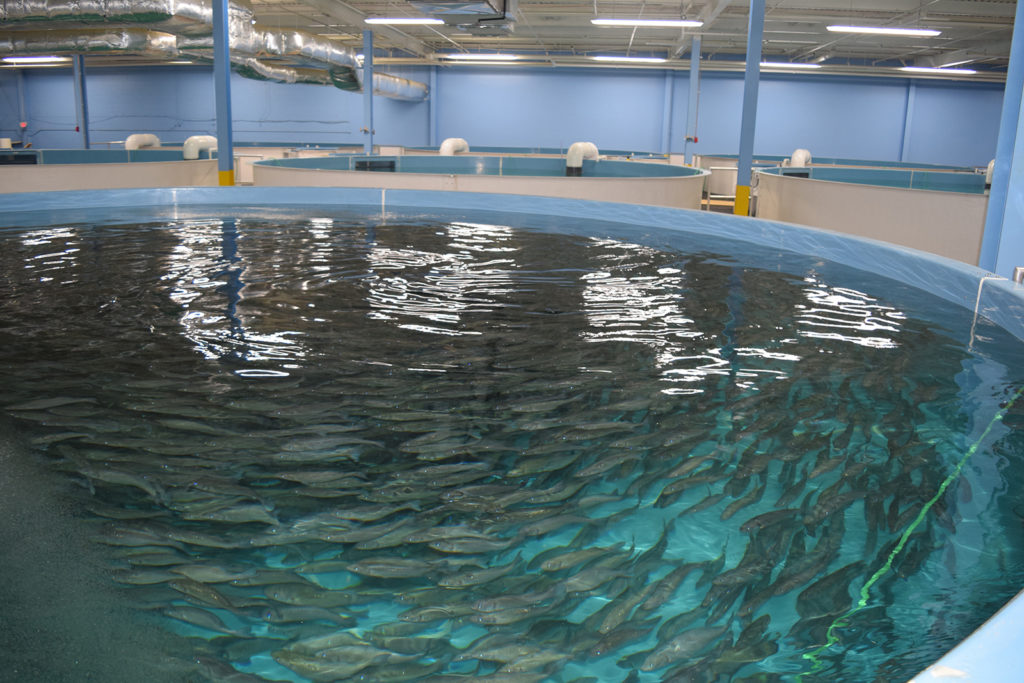
Intelligence
RAS in the USA: Fad or future?
A rash of large-scale, land-based recirculating aquaculture systems (RAS) are planting their flags on U.S. soil, even though it will take several years and hundreds of millions of dollars of investment before they produce their first sellable fish.
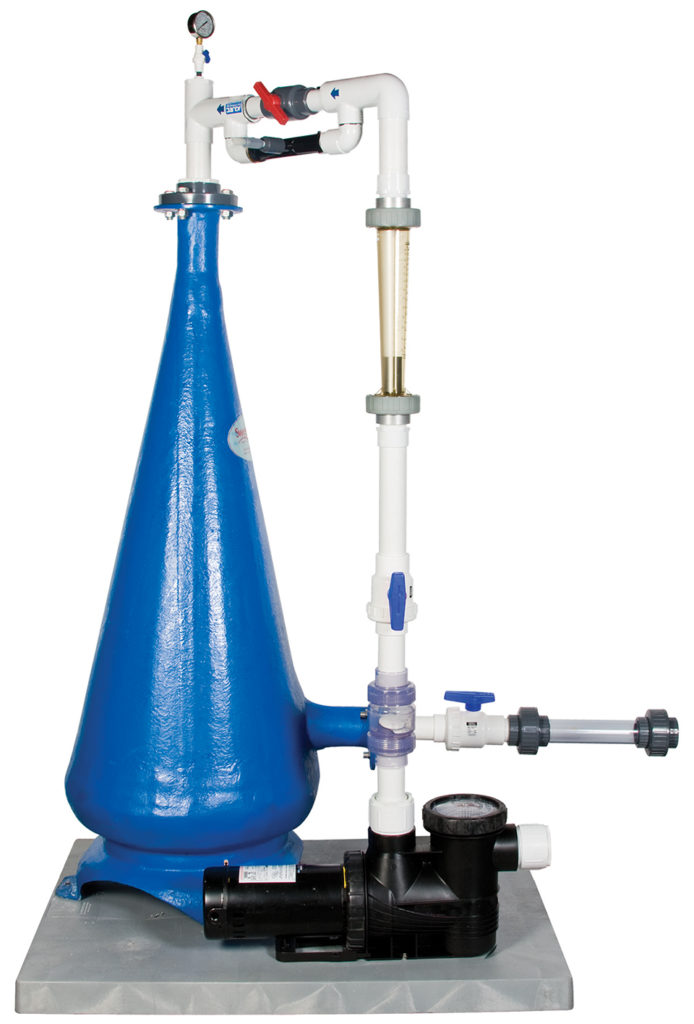
Responsibility
A look at unit processes in RAS systems
The ability to maintain adequate oxygen levels can be a limiting factor in carrying capacities for RAS. The amount of oxygen required is largely dictated by the feed rate and length of time waste solids remain within the systems.
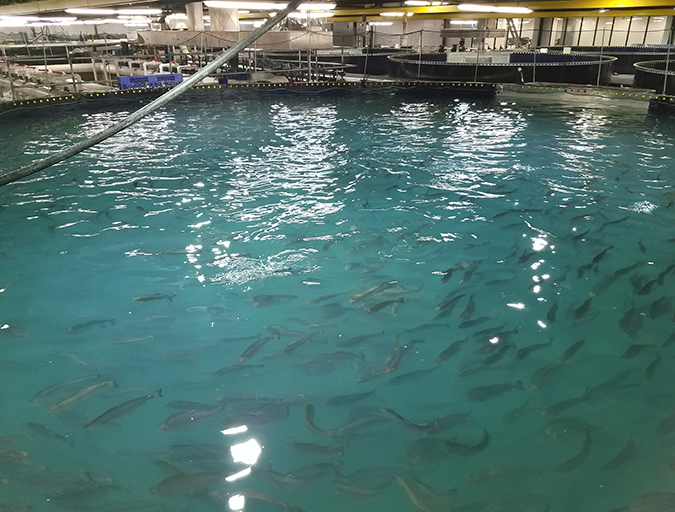
Intelligence
A land grab for salmon (and shrimp) in upstate New York
The operators of Hudson Valley Fish Farm see their inland locale as a pilot to prove that land-based fish farming, located in close proximity to major metropolitan markets, can be successful.
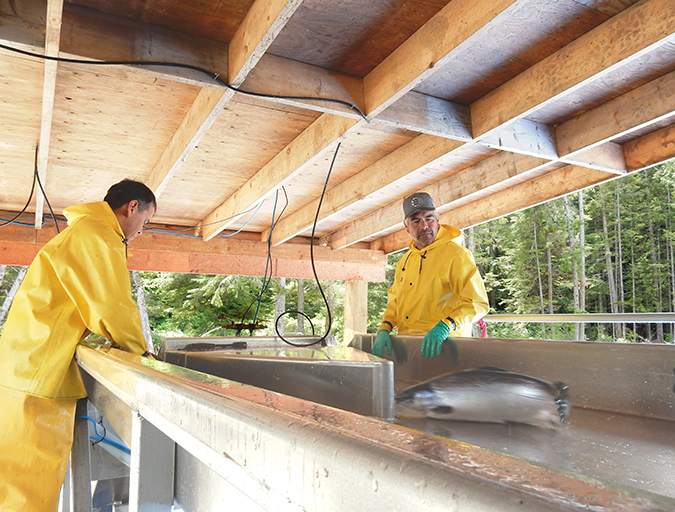
Innovation & Investment
Competitiveness comes at scale for RAS operations
Total RAS salmon production worldwide is less than half of 1 percent of total production. Many of the investors flocking to the sector now are new to fish farming, and confident in its potential.


